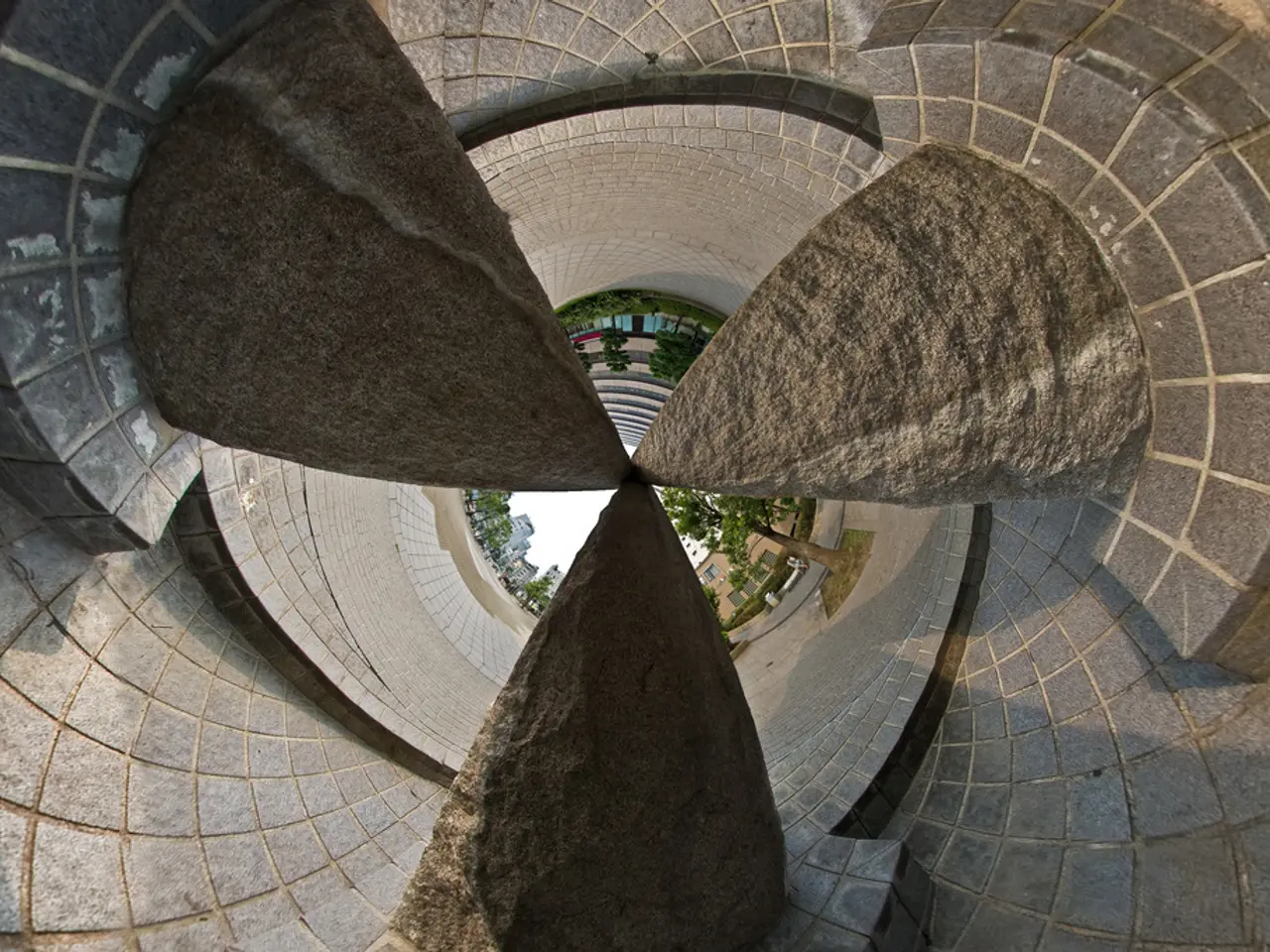Development of Ridley Scott's Directorial Approach, Evolution From 'Alien' to 'The Martian'
Ridley Scott's Masterful Techniques in Filmmaking
Ridley Scott, a renowned filmmaker, is celebrated for his unique approach to creating atmosphere and suspense in his films. His signature techniques include meticulous use of lighting, sound design, slow pacing, detailed set design, and character isolation.
Lighting plays a significant role in Scott's films, with the director often employing chiaroscuro (strong contrasts of light and shadow) to create unsettling and mysterious visuals. This approach can be seen prominently in Alien (1979), where shadow and limited lighting amplify the horror’s impact.
Sound Design is another key element in Scott's films, featuring carefully crafted soundscapes that accentuate suspense and anxiety without overwhelming the visuals. Sound cues often punctuate silence, forcing viewers to lean in and engage with the tension.
Slow Pacing is a deliberate choice in Scott's storytelling, building atmosphere gradually and allowing dread to simmer over time rather than relying on quick shocks. This methodical unfolding enhances both immersion and psychological suspense, making moments of terror more impactful.
Detailed Set Design is another hallmark of Scott's films, with the director famous for broad yet richly textured world-building. Such elaborate production design helps the audience feel physically placed within the film’s universe, increasing the stakes and intimacy of suspense.
Character Isolation is also a recurring theme in Scott's films, with characters appearing cut off from help or refuge. This isolation intensifies emotional tension, making the audience feel the characters' vulnerability and alienation.
In Alien, dimly lit corridors enhance the claustrophobic terror, while in Blade Runner, neon lights and perpetual rain create a dystopian yet mesmerizing future. Scott's commitment to authenticity brought the alien creature to life through meticulously crafted models and animatronics in Alien.
Scott's evolution in visual storytelling is marked by his transition from practical effects in Alien to digital mastery in The Martian. In The Martian, Scott skillfully blended CGI with real-world landscapes, creating a visually stunning portrayal of Mars. His use of digital effects allowed for enhanced realism, creative freedom, and dynamic storytelling.
Mark Watney's story in The Martian is not just about survival; it's a celebration of human ingenuity and the collective effort to bring him home. Ripley, the protagonist of Ridley Scott's Alien, was a revolutionary character who embodied resilience and adaptability.
Collaboration is a key aspect of Scott's approach, leading to groundbreaking work through his openness to talented individuals' input. Aspiring directors can learn from Scott's focus on compelling narratives, regardless of budget or tools. By adopting Scott's adaptive mindset, filmmakers can navigate the ever-changing landscape of cinema while staying true to their creative vision.
Ridley Scott's innovative directing style is demonstrated through his mastery of visual storytelling and creation of immersive worlds. His character portrayal has deepened in complexity, moving from singular heroism to a broader, interconnected human experience.
In conclusion, Ridley Scott's techniques for crafting atmosphere and suspense in his films notably include meticulous use of lighting, sound design, slow pacing, detailed set design, and character isolation. These elements work together to immerse the audience deeply and build tension methodically, resulting in lasting suspense and dread that feels both grand in scale and intimately personal.
[1] https://www.screencrush.com/ridley-scott-directing-style/ [2] https://www.collider.com/ridley-scott-sound-design/ [3] https://www.indiewire.com/2015/01/ridley-scotts-the-martian-is-a-master-class-in-world-building-120148/ [4] https://www.theguardian.com/film/2015/nov/05/the-martian-ridley-scott-film-review [5] https://www.theverge.com/2015/10/1/9471386/the-martian-ridley-scott-interview
- Ridley Scott's innovative use of lighting in films like Alien (1979) showcases his mastery of chiaroscuro, creating disquieting visuals that punctuate scenes with tension.
- Sound design plays a crucial role in Scott's films, with strategic sound cues used in films such as Alien and Blade Runner to reinforce feelings of suspense and anxiety.
- The director's thoughtful approach to pacing builds atmosphere gradually, allowing dread to simmer over time and making moments of terror more impactful, as seen in Alien.
- Ridley Scott's commitment to detailed set design is evident in films like Blade Runner, where richly textured world-building immerses audiences in the depicted universe.
- Character isolation is a recurring theme in Scott's films, such as Alien and The Martian, which intensifies emotional tension and makes the audience feel the characters' vulnerability.
- Ridley Scott seamlessly blends practical effects, as demonstrated in Alien, with digital mastery in films like The Martian, creating visually stunning portrayals of otherworldly landscapes that push the boundaries of technology in the realm of movies and TV.




